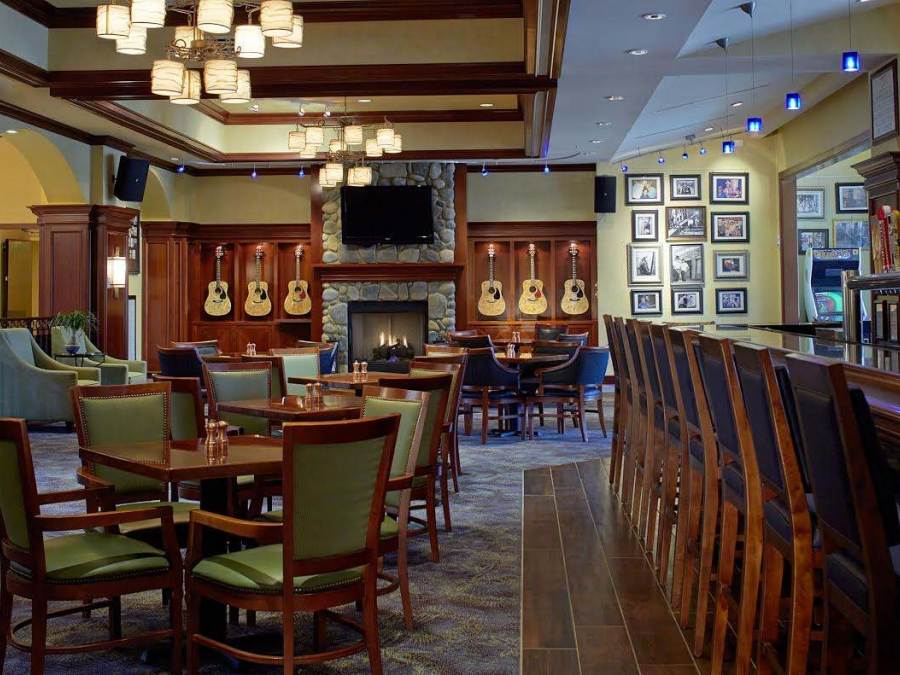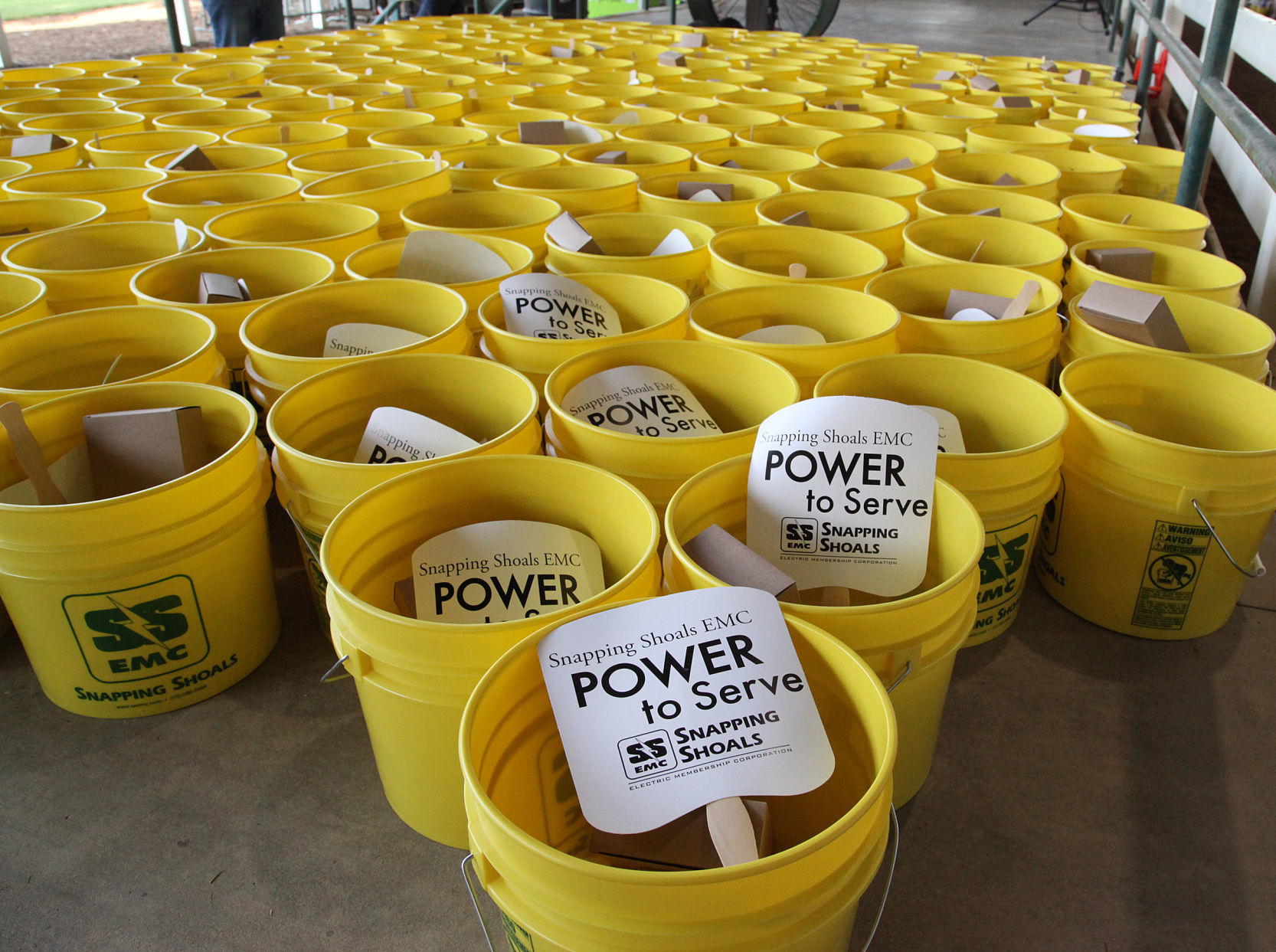
With so much pressure on us to conform, either to the societal default of whiteness, cis-ness, heteronormative, non-disabled, or to that society’s stereotype of what a disabled person must look like, be, or do, Pride offers us a powerful repudiation of that mandate.īoth the queer and disabled communities are no strangers to legislative attack, social stigma, and everyday humiliations. Pride situates us not as exceptions or anomalies, but as the interdependent, interconnected beings we are. There’s a saying I’ve heard in both the queer and disabled communities that goes, “if you’re wondering a lot about whether you count as queer or disabled, chances are you probably are.” Or, as I put it to a fellow genderqueer friend when they came to me to share they were questioning their gender, “cis people don’t fret about gender.”Ĭoncepts like queer pride and Crip time let us fashion ourselves, not as exceptions to an ableist, heteronormative and cisnormative environment, but as the beautiful creatures we are. Pride - in our queer, disabled selves - gives us space to imagine life beyond, outside, across these categories. Our human brains like things to be straightforward and easily categorized. While no individual fits the entire stereotype of queerness or disability, I would hazard a guess that I’m not the only one who, in comparing myself to the stereotype, has wondered, do I count? Am I queer enough? Disabled enough? Or am I a fraud? Likewise, most people don’t know my gender (nonbinary/genderqueer/genderfluid) or pronouns (she/they) unless I’m wearing a visible marker, like a pronoun button.

It’s not an all-or-nothing state of being: most people know (or can deduce pretty quickly) I’m queer, but few people know I’m disabled unless I tell them or I’m using a mobility aid that day. Coming out is a process I’ve heard used to describe sharing both these identities - queer and disabled - with yourself and your community. I didn’t always know I was queer, and I didn’t come into my disabled identity until adulthood. Maybe it’s because this year is the first time I can say, with my whole chest, today will be good. Maybe it’s because as I get older and read more about queer history, I think of Pride not as the final destination on a linear arc of history, but as something messy, organic, vitally necessary. Maybe it’s because of the infuriating disjuncture between corporations who sponsor parade floats in summer while funding bigots and transphobes’ political campaigns come winter.

Maybe it’s because we’ve spent every June since 2020 in a state of COVID emergency, which still curtails many of us from fully participating in public festivities. Select "More filters" and "Quick Collect".As a queer, disabled person reflecting on Pride this month, I’m struck by how much Pride resonates with me as a process rather than a discrete event.
Snapping shoals jobs code#

Pay by cash, check or credit/debit card at our easy-to-use PaySite kiosks. Wal-Mart also offers a next business day option for $1.88. Wal-Mart charges an $0.88 fee for processing these payments, which may take up to 3 days to post to your SSEMC account, so please allow ample time before your bill's due date. If the store does not have a Money Center, then payments will be accepted at the store's Customer Service Center. Payments may be made at the store's Money Center. You can make a payment at any Wal-Mart location as long as you have your bill stub and are making your payment in cash or with a pin-based debit card. For MoneyGram payment locations, visit Wal-Mart stores are also SSEMC authorized payment locations. In addition to our offices, in Covington and Ellenwood, we have additional authorized payment locations through MoneyGram. We accept cash, check, money order, and credit/debit cards (American Express, Discover, MasterCard and Visa). Pay in person at one of our office locations listed below.


 0 kommentar(er)
0 kommentar(er)
